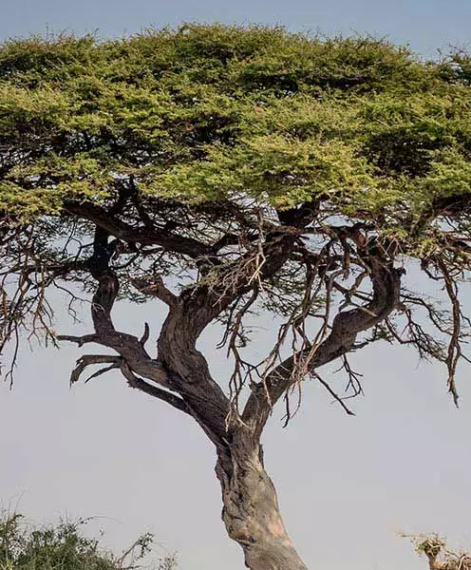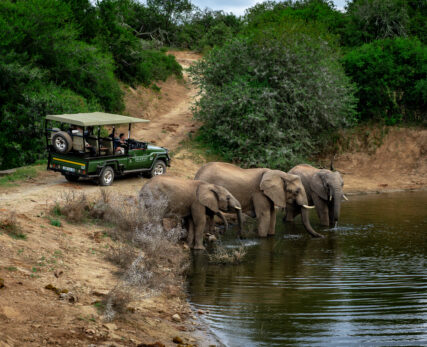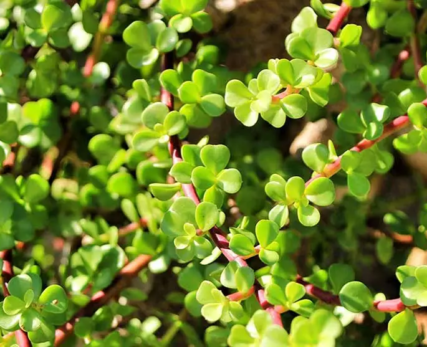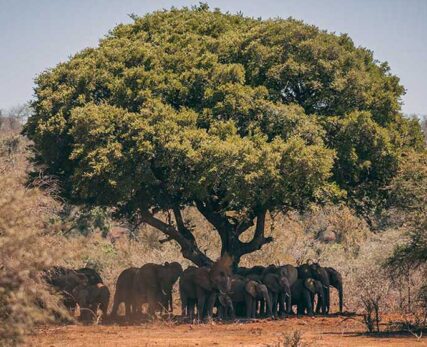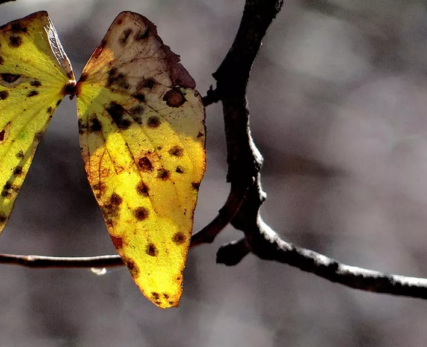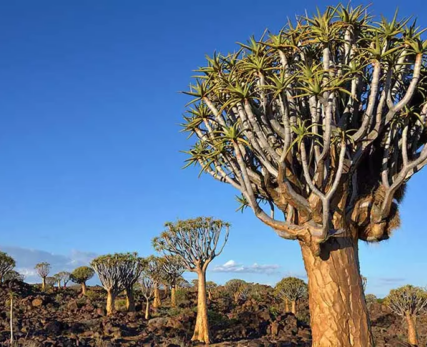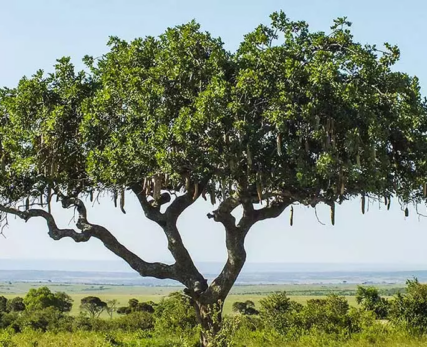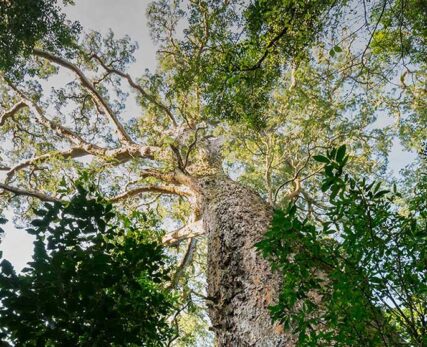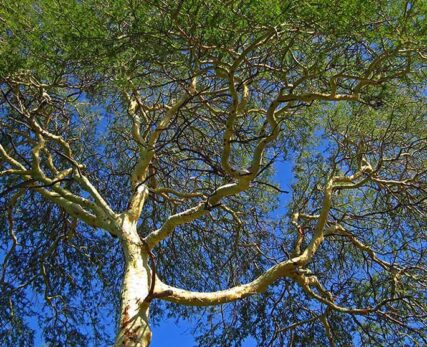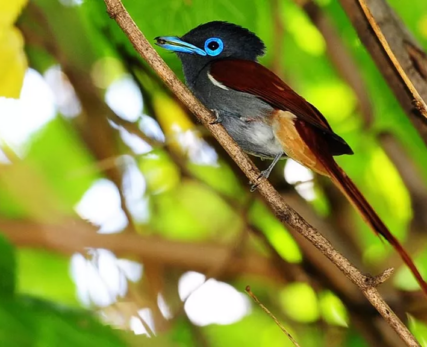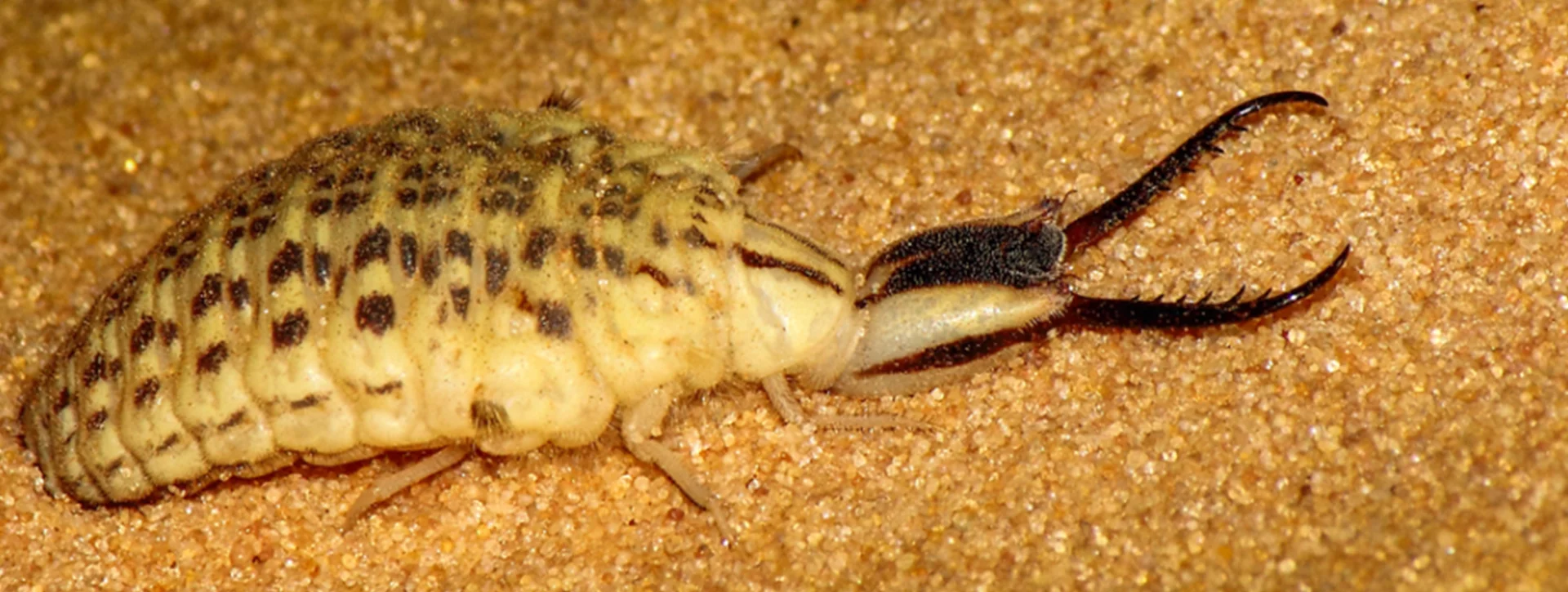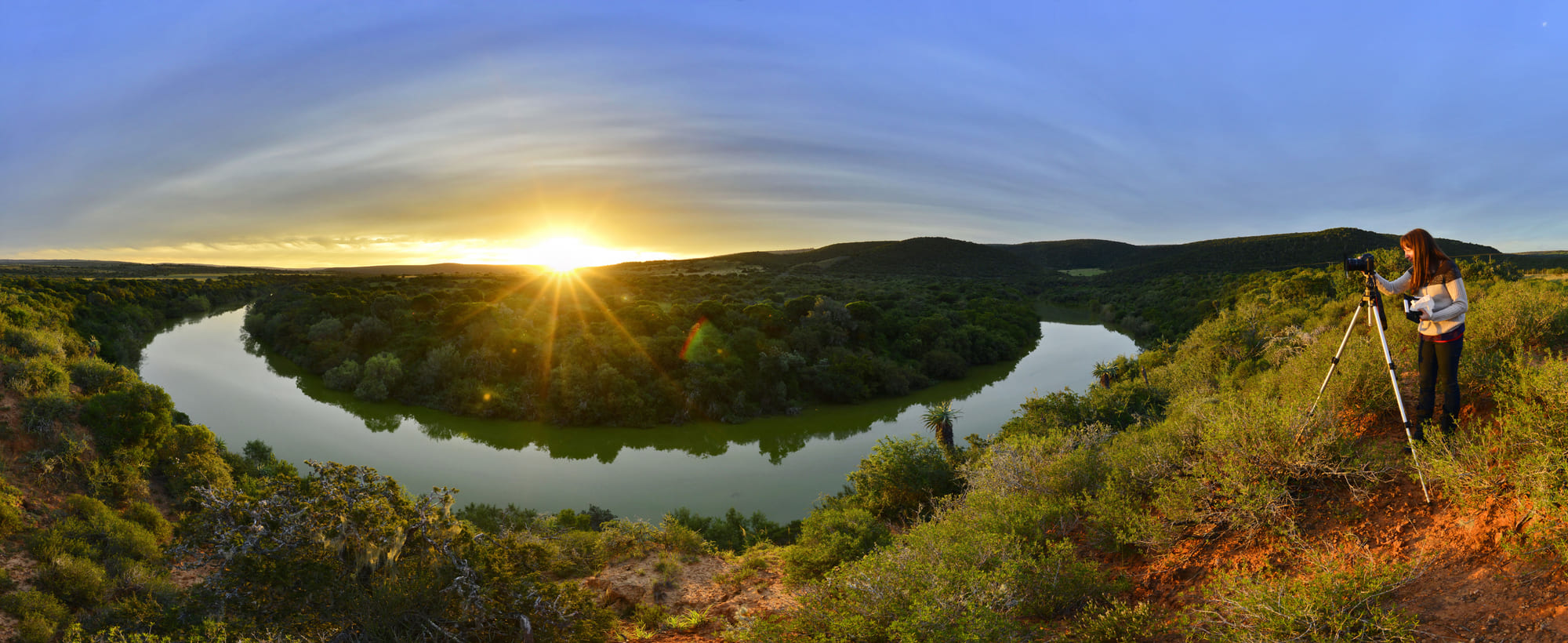South African Trees are some of the most impressive trees in the world and a must-see when you visit our amazing country. South Africa is also home to exquisite landscapes, thrilling outdoor activities, and vibrant culture. Discover the quiet and steady side of this colourful country and go on a tree safari.
Nature-lovers often flock to South Africa, and for a good reason. The diverse animal species and bountiful plant life make this ever-changing landscape one worth seeing. South African trees are amongst the top in the world – they are unique, nutritious and old. Some specimens have passed the millennium mark while others tower over the competition – claiming champion tree status.
Read on to discover the indigenous trees in South Africa that must make your bucket list.
Indigenous Trees of South Africa Thrive in Different Biomes
South Africa has such a wide variety of plant life that flourish in a range of climates – from dry to rainy. Of all the natural biomes in the world, the South African landscape has eight. These include:
- Nama Karoo
- The succulent Karoo
- Fynbos
- Forest
- Thicket
- Savannah
- Grassland
- Desert
